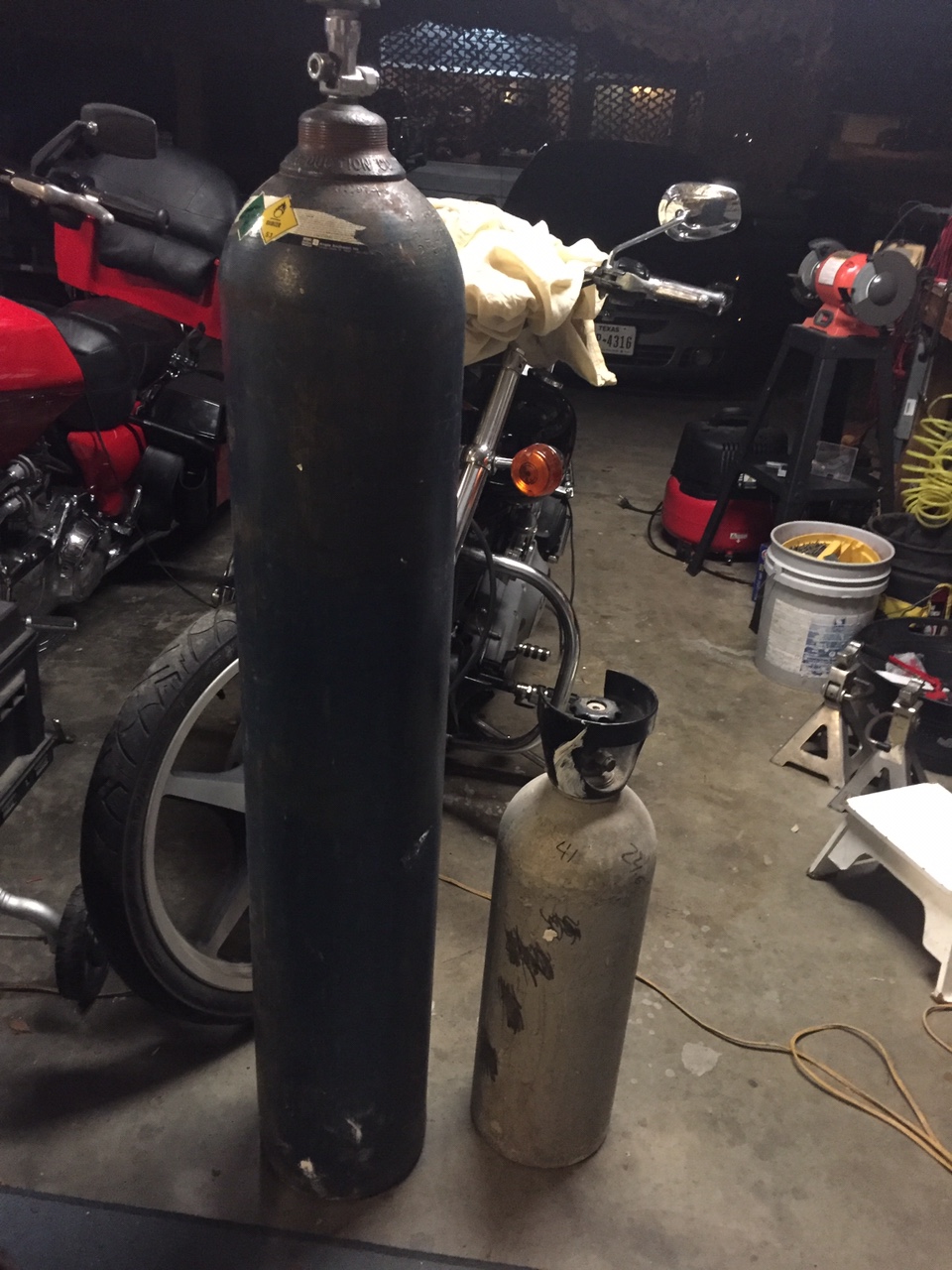well my quest for nitro has hit a roadblock...
only 2 places in town (Airgas & Praxair) offer beer gas mix and it's tank "exchange only", no refills, so all my 20# are useless. There is no plant in town that produces nitro mix so it all comes in from Houston area in bulk 250 CF bottles (about 5ft tall). Much bigger than I really want but it would last years probably.
I guess I'm stuck with trying to find a used massive bottle on craigslist to then exchange with. The 2 suppliers in town won't "sell" or do a deposit on bottles...at least that's what the guy at the counter says. Guess they are only in the "contents" business and not the "container" business?
Is this typical? in smaller cities? How does everyone else get their nitro?
only 2 places in town (Airgas & Praxair) offer beer gas mix and it's tank "exchange only", no refills, so all my 20# are useless. There is no plant in town that produces nitro mix so it all comes in from Houston area in bulk 250 CF bottles (about 5ft tall). Much bigger than I really want but it would last years probably.
I guess I'm stuck with trying to find a used massive bottle on craigslist to then exchange with. The 2 suppliers in town won't "sell" or do a deposit on bottles...at least that's what the guy at the counter says. Guess they are only in the "contents" business and not the "container" business?
Is this typical? in smaller cities? How does everyone else get their nitro?
















![Craft A Brew - Safale BE-256 Yeast - Fermentis - Belgian Ale Dry Yeast - For Belgian & Strong Ales - Ingredients for Home Brewing - Beer Making Supplies - [3 Pack]](https://m.media-amazon.com/images/I/51bcKEwQmWL._SL500_.jpg)










































